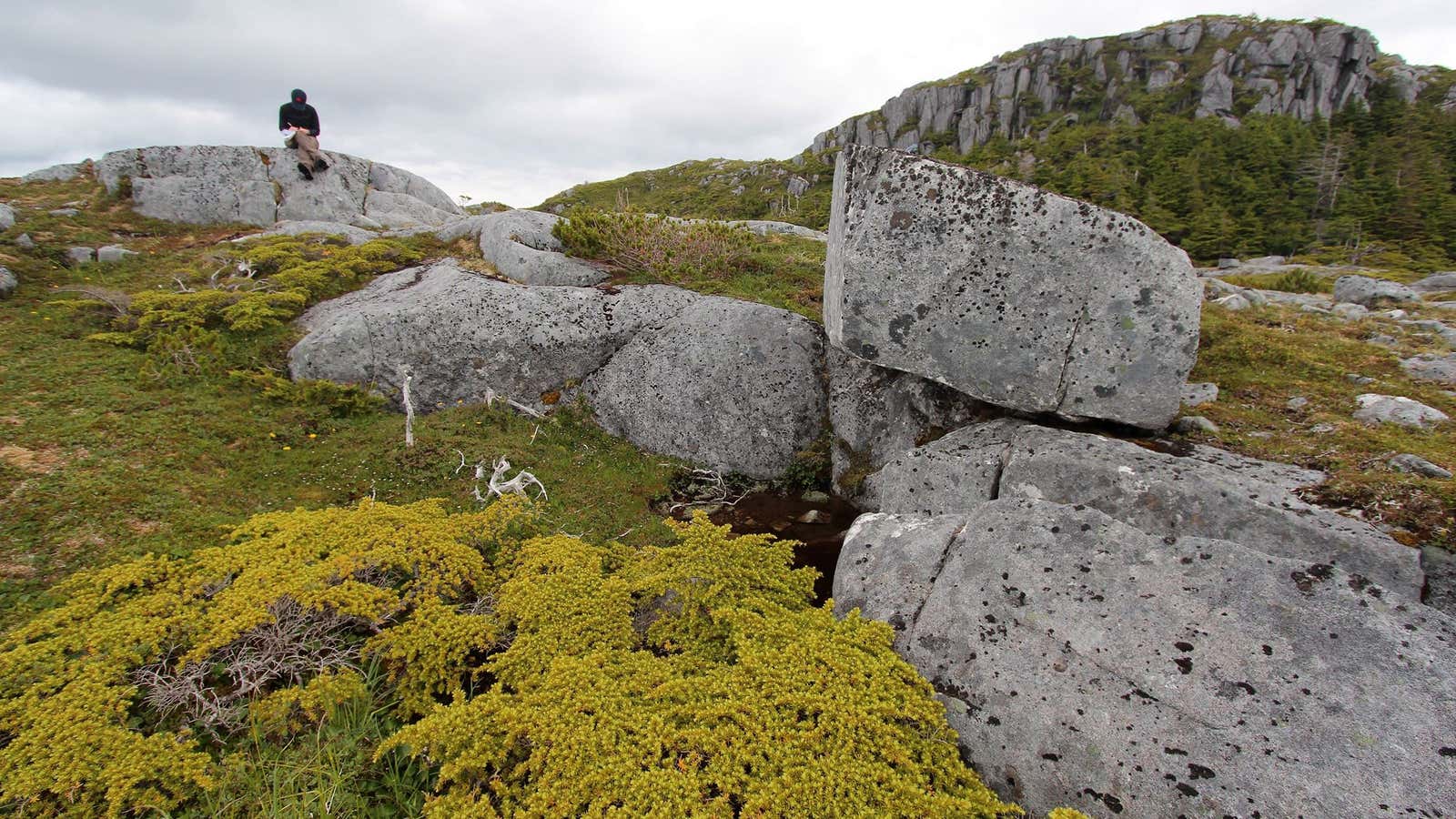How and when did early humans first arrive in the Americas? The answer may lie along the Northern America’s Pacific Coast.
Experts believe early humans travelled from Siberia to Alaska across a land bridge. But what happened next has been far more difficult to pinpoint. The conventional story suggests the earliest North American settlers then travelled on foot through present-day Canada. But a second hypothesis, known as the coastal route, suggests they may have instead migrated down Alaska’s Pacific Coast.
A new study, published in the journal Science Advances, strengthens the second theory. It suggests early humans were seafarers who travelled island to island down this coastal route some 17,000 years ago.
Recent genetic and archaeological estimates that suggests settlers may have started to migrate deeper into the Americas around 16,000 years ago. In order to investigate the seafaring-settler hypothesis, researchers from the University at Buffalo travelled to four islands in southeastern Alaska to seek evidence that the coastal route was possible around that same time.
For example, scientists know that at some point in history, these islands were covered by ice. They needed to figure out if the ice had receded enough in time to allow early humans to migrate down the coast. To figure out exactly when the ice receded, geologists examined bits of rocks from the surfaces of boulders and bedrock. They used a method called surface-exposure dating to determine the last time the rock samples had been trapped by ice sheets. Bedrock is hidden under ice when covered by a glacier, but once that ice disappears the bedrock is exposed to cosmic radiation from space. Researcher Alia Lesnek described it as “kind of like a rock sunburn” to the New York Times (paywall). By analyzing that radiation, the team was able to determine that the islands had been covered by ice sheets up until about 15,000 to 17,000 years ago.
While glaciers may have not blocked early humans from migrating down the Pacific Ocean, could they have survived the journey? To answer this, the scientists analyzed seal bones previously discovered on a southern Alaskan island. The results indicate that the seals, which lived around 17,000 years ago, could have been a source of food. Researchers conclude the area was thus capable of supporting human life at the time when early humans could have been passing through.
The study is not definitive and just provides clues to the Americas’ origin story. Researchers only looked at one section of the coast and would need to study multiple locations up and down the coastline to come to a stronger conclusion. But the findings deals another blow to the long-standing theory that humans trekked on foot through Canada.
